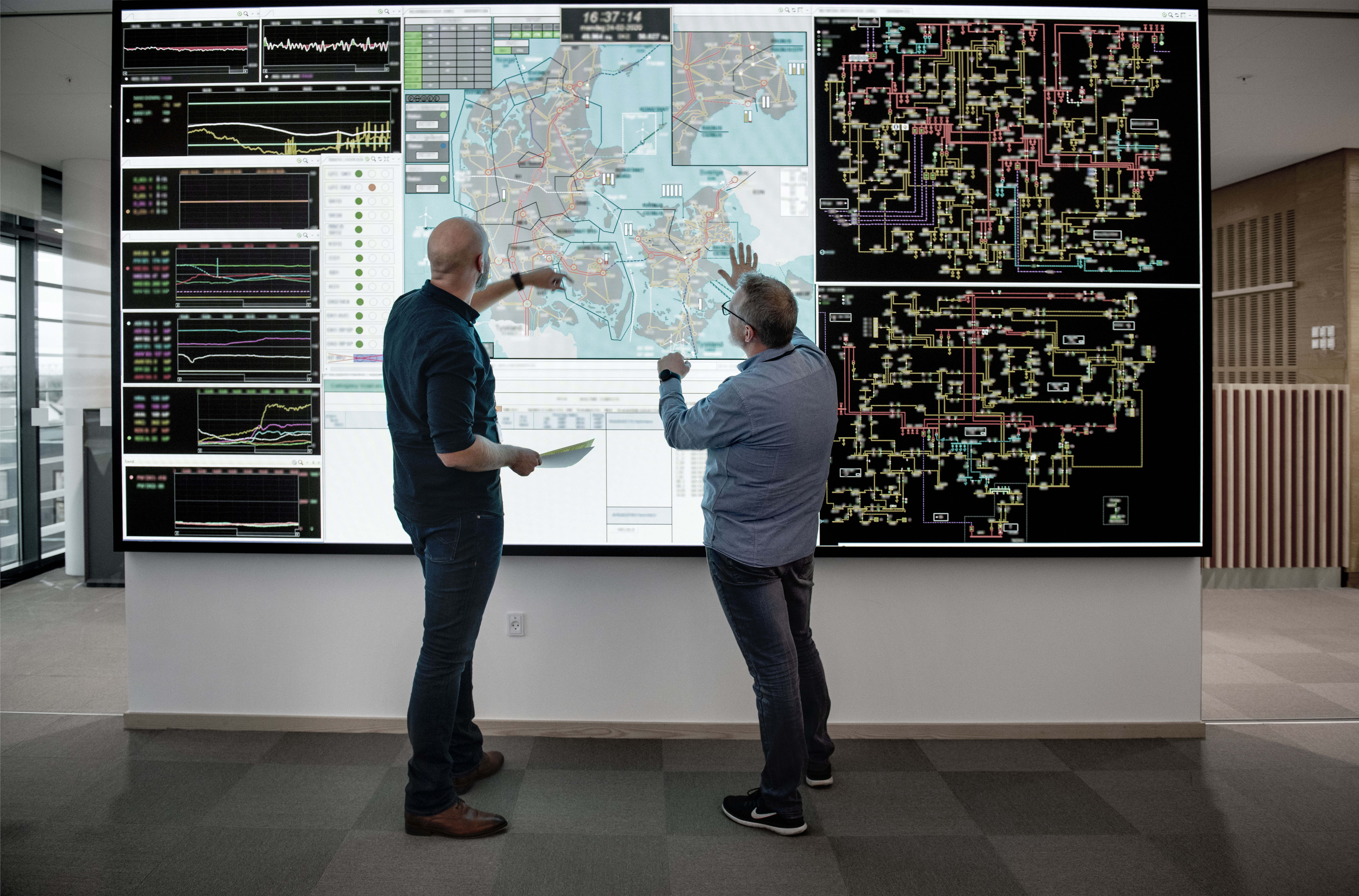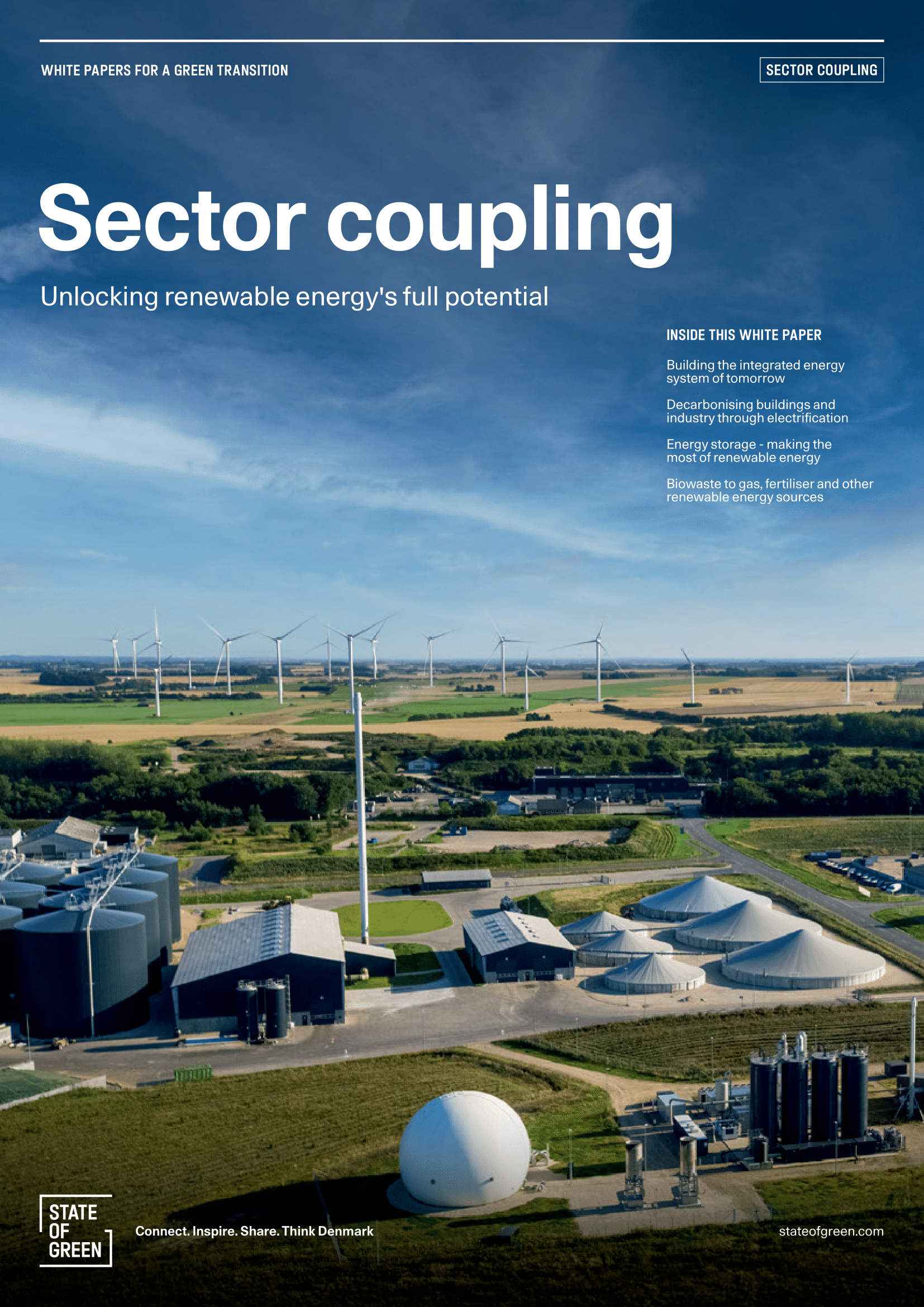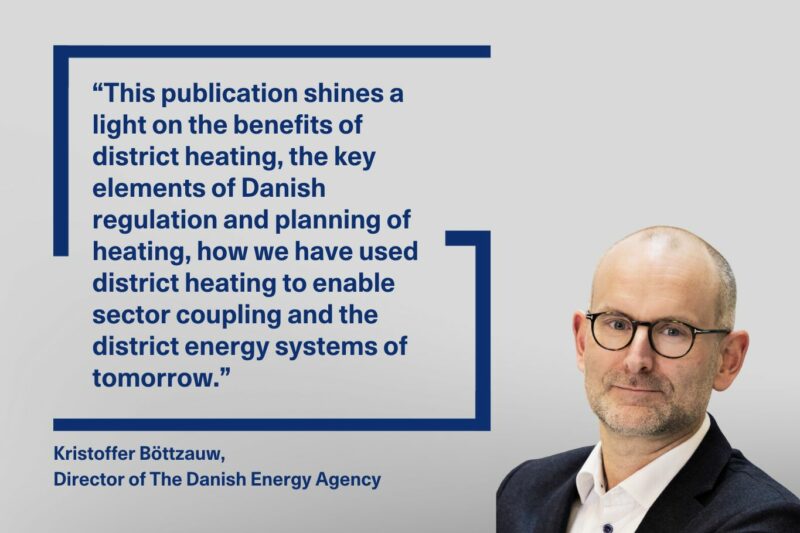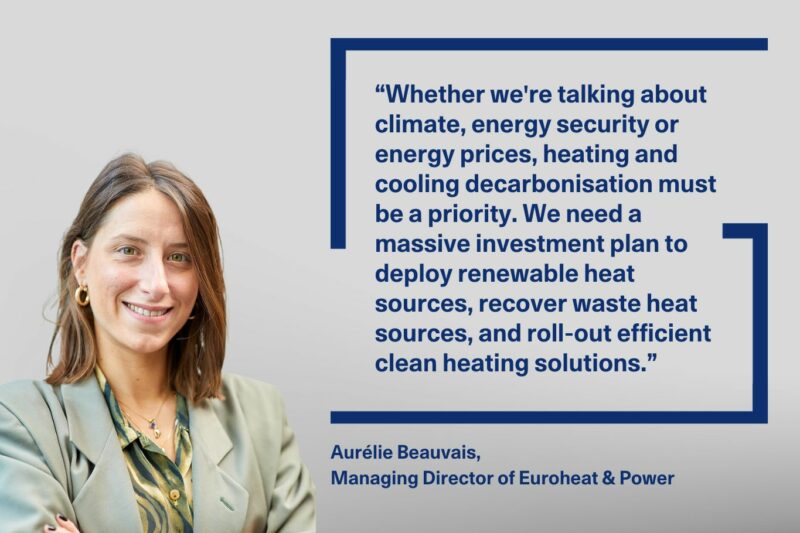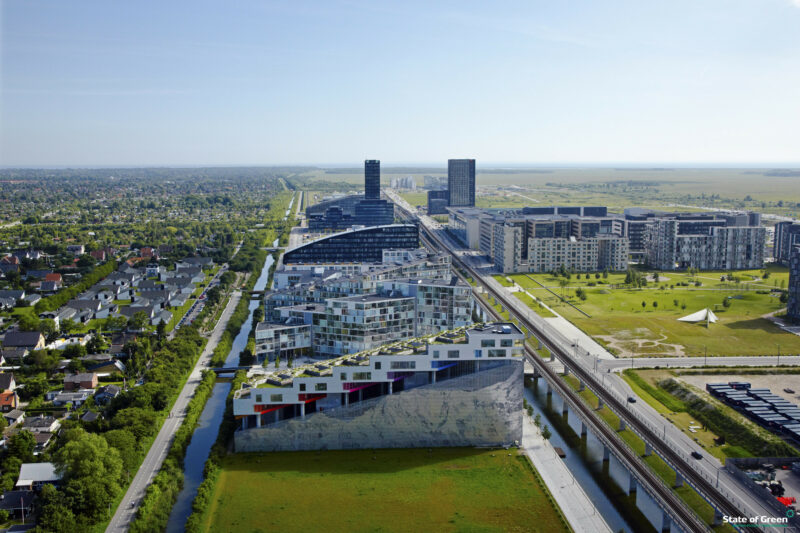Recognised as one of the most digitalised countries in the world, Denmark has comprehensive databases with public data. This puts Denmark in an advantageous position for sector coupling. Achieving an integrated interaction between sectors necessitates advanced digitalisation to ensure seamless communication and coordination.
Digital technologies enable real-time data exchange and intelligent decision-making, which is essential for optimising the performance and efficiency of the entire energy system.
Balancing the energy system through data
A key aspect of sector coupling is its ability to help cost-effectively balance energy production and consumption, which is particularly important when the energy system is based on renewables that are inherently variable. Digitalisation, thus, plays a vital role in balancing due to its ability to encompass very complex systems and multiple factors. For instance, smart meters as well as grid and IoT devices can monitor energy usage and production in real-time, utilising AI and machine learning to predict and adjust upcoming demand based on weather, season, prices and time of day. This capability can help stabilise the grid and prevent blackouts or energy inefficiencies.
Data is the all-important enabler of digitalised sector coupling. It provides the foundation for smart control systems and helps optimise infrastructure, planning, business cases and production processes. By leveraging big data and advanced analytics, energy systems can become more responsive and efficient.
Flexible energy markets across sectors
Looking to the future, digitalisation will drive the development of new flexibility markets across sectors. These markets will allow different energy sectors to trade flexibility services, such as demand response and energy storage, to balance supply and demand more effectively. Advanced digital platforms and algorithms that can manage and optimise these transactions in real-time will facilitate this cross-sector collaboration. In this regard, it is important to be aware of cybersecurity risks, data privacy concerns and the need for substantial infrastructure investments, all of which must be addressed to fully realise the potential of digitalisation in sector coupling and achieve a sustainable, resilient energy system.
